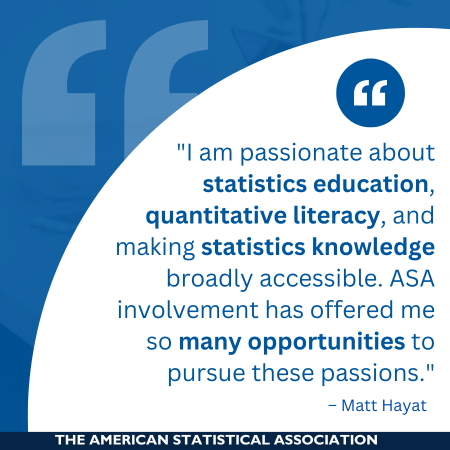 Gary Brager earned his PhD in research, statistics, and measurement from the University of Maryland and is currently the supervisor of research for the Baltimore County Public Schools. He reviews program evaluations, grant evaluations, and external requests to conduct research; maintains a statistical series about schools and programs; and develops better ways to present statistical information.
Gary Brager earned his PhD in research, statistics, and measurement from the University of Maryland and is currently the supervisor of research for the Baltimore County Public Schools. He reviews program evaluations, grant evaluations, and external requests to conduct research; maintains a statistical series about schools and programs; and develops better ways to present statistical information.
After 44 years as a statistician for Baltimore County Public Schools, I have learned a few things new employees might find useful. The Office of Research provides statistical and program evaluation services to central offices, the superintendent, the board, government agencies, and more than 160 schools. The office also is charged with handling more than 100 external research requests annually. These proposals arrive from agencies, universities, companies, and individuals. Unlike an academic unit, the office rarely produces original research; the name probably should be Office of Statistics.
Some tips for beginners and a few explanatory anecdotes:
Tips:
Learn as much as possible about the jobs of the people for whom you are providing services. Establish relationships with the contact people in the fields. Know the data sources so well that you can spot problems before they explode.
Anecdote:
A school was cited by the state as failing to make adequate yearly progress due to a particular subgroup. My knowledge of the demography led me to question the subgroup size. I just knew there were far too many students assigned to that subgroup. Larger samples produce smaller confidence intervals, hence less leeway for deviation. Upon investigation, we discovered that numerous coding errors occurred at the time of registration. Correcting the data moved the school from failure to success. Notice the school was never really in trouble; the data had failed.
Lesson:
Processing bad data will lead to erroneous conclusions, regardless of your statistical aptitude or software sophistication.
Tips:
Know the audience for your reports. The level of analysis and level of presentation are not necessarily the same.
Anecdote:
Fresh out of graduate school, I gave a very erudite lecture to a room of elementary school principals. My slides impeccably presented the typical research sequence used for dissertations, replete with three-way ANCOVAS, multiple regressions, formulas, and so forth. I was pleased with myself.
First, the advanced analyses were conducted on data that were likely ordinal at best. Second, I could have been talking Martian for all my audience knew. Not only did they politely ignore what I was saying, they politely ignored any practical significance of the results.
Over the years, I have worked hard at developing ways to explain complex statistics. Please note that I am not advocating using only basic statistics in the analyses. The research questions, design, and measurement determine the proper statistics. I am pleading for finding better ways to present the results, so they are understood and applied.
Lesson:
Statistics ill-presented will be ill-used or totally forgotten.
Tips:
Keep as up-to-date on applications of statistics as on statistical matters. Read journals, contribute articles, and attend conferences and workshops. Maintain a sense of humor and perspective. Take your work most seriously, but never yourself.
I was taught this story many years ago: “… [G]overnments are very fond of amassing statistics, analyzing them endlessly, carrying out calculations to many decimals, and publishing the results in huge volumes, all the while forgetting that the original data came from the village watchman, who put down whatever he pleased …”
Have a productive, satisfying career in statistics. Someday, I may actually master the subject!



Hi Gary:
I read your points above with considerable interest.
I’m very interested in your “feelings” about the current efforts by MSDE to comply with the VAM requirements for a state to receive an RttT grant. It seems like a lot of bending is taking place. I plan to phone you about this. I wonder how
how Dayton and Stunkard view this.
Bob Hanson